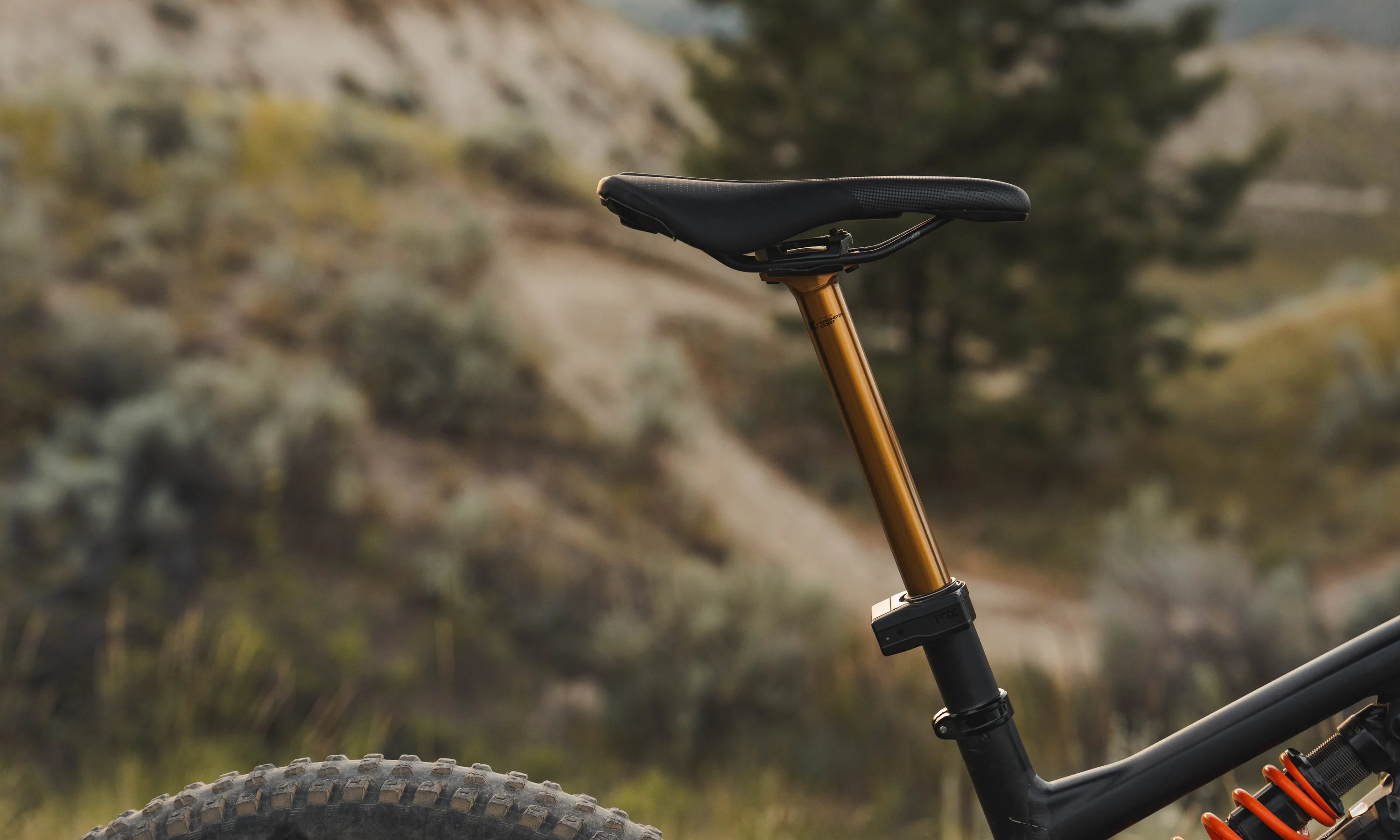Photos by John Watson | The Radavist
The WTB Wildcat is a unique bike — a one of one prototype. As a bicycle it is more a beautiful object than a desirable ride. Importantly, the aluminum frame was never heat-treated, raising the serious risk of frame failure. Despite this, it is an important part of mountain bike history.
For WTB watchers in the mid-to-late '80s, the Wildcat was particularly mysterious. In those days, gearheads would scour magazines, hunting for clues about developments from the smaller companies that drove much mountain bike innovation. Another source for information was the more conversational catalogs that makers would put out. Careful attention would be paid to news snippets and advertising. A single picture in 1988 from the annual bike show in Long Beach “announced” the Wildcat.

A tantalizing glimpse at the WTB Wildcat prototype, from the 1988 tradeshow.
In 1987, WTB consulted with Trek on its bonded technology where high strength adhesives were used to bond aluminum tubes to steel lugs. During that year the WTB factory team rode WTB-modified Treks.
The Wildcat seemed to be the next evolution in that design trajectory. The idea was to have a WTB-branded bike for the 1989 model year. The Wildcat prototype featured a Charlie Cunningham made main triangle and stays with a Steve Potts built Type II fork, stem, and rear dropouts. The steel dropouts were bonded to aluminum stays!

The prototype featured a full complement of WTB components — the company’s primary product offerings — but also provided a WTB frame. Through their time at WTB, both Charlie Cunningham and Steve Potts continued to make their own branded bicycles. The Wildcat would allow WTB to have its own bicycle.
[newsletter]
The Wildcat ended up living at the WTB head office for its life until it made its way into a private collection. Over time additional WTB components were added — notably, the original steel Specialized headset was replaced by a WTB Chris King headset, the WTB Fixed Angle Seatpost (FASP) was replaced by a WTB-modified XC Pro seatpost and the Specialized Lambda saddle was replaced by a WTB saddle.

The Wildcat wasn’t the first attempt to create a less-boutique but still WTB-level bicycle. The first attempt was the Swift. It was an all-steel bike, built by Steve Potts with a mix of WTB and lower-cost parts (e.g., instead of WTB rollercams, the Swift used Suntour brakes). Unlike the fully-brazed Steve Potts bicycles, the Swift was built with a mix of TIG welded and brazed joints. Finally the Swift used the lower cost unicrown fork rather than a Type I or Type II.
 The Steve Potts built Type II fork.
The Steve Potts built Type II fork.
The Wildcat never became a production item. In 1989, WTB focused on its licensing and components business. However, despite the decision not to move the Wildcat into production, WTB did not shelve plans to create a bicycle that merged the design philosophy of the team. A couple years later, WTB would release the Phoenix — a steel bike, tig-welded by Steve Potts, which incorporated many Cunningham design elements. Many have called the Phoenix a defining steel hardtail.
Although it represents a design dead-end, the Wildcat was the bridge toward the evolution of WTB as a company. More importantly, it is a prime example the creativity that marked the late-'80s in the mountain bike world. The frame design anticipated modern hardtails with its sloping top tube, chunky welds, and oversized aluminum tubes. The bonded dropouts though, are an oddity at best.
The Build
Year: 1988
S/N: PROTO
Frame: Un-heat treated 6000 series aluminum with bonded steel dropouts
Fork: Steve Potts Type II
Stem: Steve Potts Taper
Headset: WTB Chris King Greaseguard

Bottom Bracket: WTB Greaseguard
Handlebar: WTB Salsa
Brake Levers: Suntour XC Pro
Shifters: Suntour XC Pro X Press
Front Derailleur: XC Pro
Rear Derailleur: XC Pro

Front Brake: WTB Rollercam with WTB brake booster
Rear Brake: WTB Rollercam with WTB brake booster
Crankset: WTB XC Pro
Chainrings: WTB XC Pro
Pedals: Shimano SPD
Hubs: WTB Greaseguard

Rims: [not sure]
Tires: Specialized (WTB design) Ground Control More Extreme [rear] Specialized (WTB design) Cannibal [front]
Seatpost: WTB with XC Pro clamp
Seatpost Clamp: Cunningham
Saddle: WTB SST/K
Grips: WTB Magura cutdowns

Cogs: Suntour
Chain: Suntour


























